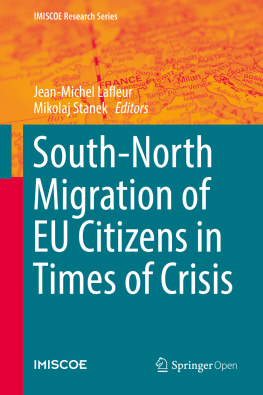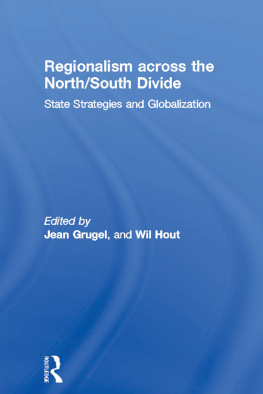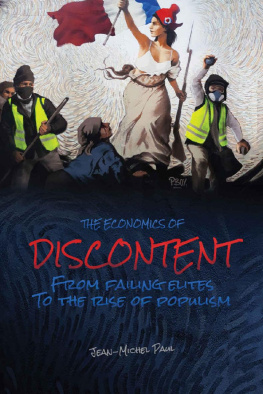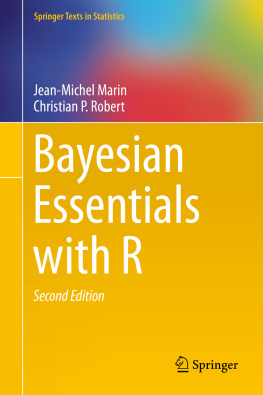1.1 Introduction: South-North EU Migration in (Post-)Crisis Europe
The global financial and economic crisis has been hitting the European Union severely since 2008. Although the economic crisis began in advanced economies and then spread all over the globe, its impact and implications are far from being equally distributed geographically. This is particularly visible within the European Union. While some countries, mainly in the North, have weathered the crisis relatively well and have managed to recover from the initial financial downturn, others, especially in the South, have been suffering from long-term financial instability, high unemployment rates and worsening living conditions among wide segments of the population. In this deteriorating socio-economic environment, EU citizens have developed a wide variety of strategies to respond to the crisis, such as undertaking training in order to adapt to the changing needs of the job market, reducing household expenditure, or taking to the streets to oppose the management of the crisis by their governments (Promberger et al. ).
Traditionally, geographic mobility has been considered by social scientists as a key strategy employed by individuals and households in order to cope with economic hardship. Today, there is sufficient evidence showing that many European citizens have responded to the deterioration of their living conditions by moving to other countries or continents. Nonetheless, despite the media interest in this new European migratory phenomenon, in-depth and systematic analysis is still needed.
This edited volume focuses on migration as a specific strategy developed by EU citizens to adjust to an adverse socio-economic environment. In particular, we propose to look at the mobility of EU citizens proceeding from the Southern European Member States that have been most affected by the crisis (Greece, Italy, Portugal and Spain) and moving to Northern European Member States, where the job market has remained attractive in spite of the crisis (Belgium, France, Germany, United Kingdom). In other words, this book seeks an answer to the following question: have old South-North migration routes within Europe reopened?
More precisely, our objective for this volume is twofold. First, we intend to identify the scale and nature of this new Southern European wave of emigration and the socio-economic integration of these migrants within Northern European destination countries. This will be achieved through a quantitative analysis of the most recent data on the flows and profiles of this new labour force using databases from both sending and receiving countries (labour force surveys, census records, migration office statistics on national and EU levels, Eurobarometer surveys, etc.). Such analysis will, overall, point to the differences and similarities between this current wave of Southern European migration and previous ones. However, as the different chapters in this volume show, quantitative data often presents limitations that invite us to use such information with great care. For instance, the measurement of the migration flows of EU citizens can be undermined by the voluntary non-registration of EU migrants with the authorities in both the home and the host country. EU migrants do not have a strong incentive to register as permanent residents in the host country. In fact, they may have important reasons not to deregister as residents in their home country; for example, to avoid losing entitlements to health care provision, social security rights or unemployment insurance, amongst others. Alternatively, not registering with the host country authorities may be a conscious strategy by EU citizens concerned about the removal of their residence permit if they are in a financially precarious situation (see Chap. , well-settled migrants with stable housing and jobs are more likely to be included in large surveys such as the Labour Force Survey than are new migrants in a precarious housing situation.
Second, this book will look at the politics and policies of immigration from the perspective of both the sending and the receiving nations. Because of the uncertainties regarding the profile and motivations of those who leave their home country, Southern European governments have been speculating on the impact of this loss of labour force and on the appropriate policy response to adopt. Similarly, Northern European governments have had mixed attitudes towards this new influx of EU citizens. Reactions in Northern Europe have varied: some countries have set up programmes to actively recruit and train these migrants, while others have promulgated the stigmatization of mobile EU citizens. In this volume, each chapter has designed its own methodological approach to capture the policies and debates triggered by these new flows, but press and parliamentary documents have also been a privileged source used to make sense of these most recent evolutions. This approach shows how contentious the issue of intra-EU mobility is, even when it concerns citizens from EU-15 Member States whose right to move within the EU had not previously been questioned for several decades.
Overall, the strength of this edited volume is to compile in a systematic way a quantitative and qualitative analysis of these renewed Southern European migration flows. As this new wave of emigration has triggered debates and policy responses at the local, national and EU level, this book thus seeksthrough a systematic analysis of these case studiesto shed light on the lessons that can be learned from this changing climate in EU migration.
1.2 Conceptualizing Crises and Migration
Crises are generally considered as turning points (Alink et al. ).
First, with regard to policy-making, the economic crisis has prompted the public authorities of many Member States to adopt increasingly strict migration and integration policies. For authors such as Kuptsch (, 19), migration policy reforms in receiving countries during the global economic crisis have consisted mostly of four types of measure: making new immigration more difficult, protecting native workers from the perceived competition of foreign workers, adopting programmes and measures to encourage return migration and clamping down on irregular migrants. But while the connection between crises and stricter migration policies is appealing, the causal link is not always obvious. Considering that migration policies in Europe were already becoming stricter before the crisis, it remains unclear whether or not many of the reforms that are described in this book would have been adopted without the occurrence of the crisis. In other words, we should be aware of the risk of focusing on endogenous or exogenous events as simplistic explanations for migration policy reforms.
Defining crises and theorizing their role in policy-making is not an easy endeavour. One possible point of departure to understand the effect of the 2008 financial and economic crisis is thus to determine what defines a crisis and to identify the lines according to which this definition may vary. Nohrsted and Weible (, 3) have noted that crises are usually considered as periods of disorder in the seemingly normal development of a system and widespread questioning or discrediting of established policies, practices, and institutions. Yet, the nature of a crisis may differ according to certain variables. First, a crisis may be caused by either an internal or an external shock. For policy-makers, the geographic scale at which stimuli for policy reforms occur necessarily affects their ability to react. The intensity of the crisis provides the second line of variation. Criseswhether global or notdo not necessarily produce similar social, economic and political effects, nor do they affect equally all states to the same extent. However, existing research has not yet identified any correlation between the scale of a crisis and the importance of the reforms adopted in reaction to it. Third, crises also trigger diverse responses according to policy-makers prerogatives and, most importantly, according to their subjective interpretation of what is an appropriate response to the crisis. As we will see in the volume, several EU Member States have been severely hit by the 2008 financial and economic crisis. Yet, in spite of the broadly similar effects of the crisis on their socio-economic situations, states have reacted by adopting reforms in different policy areas or even by adopting diverging reforms within the same policy area.












